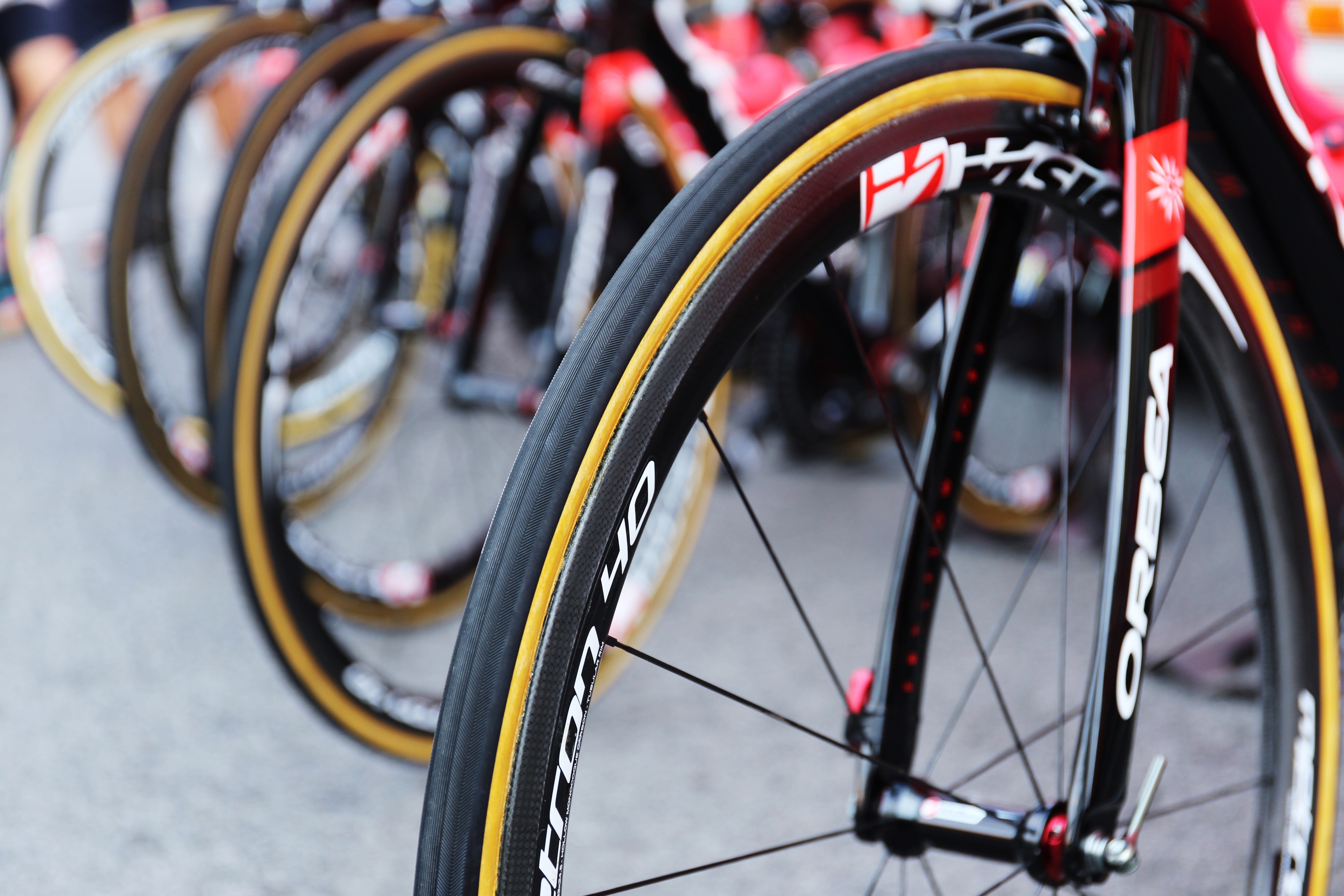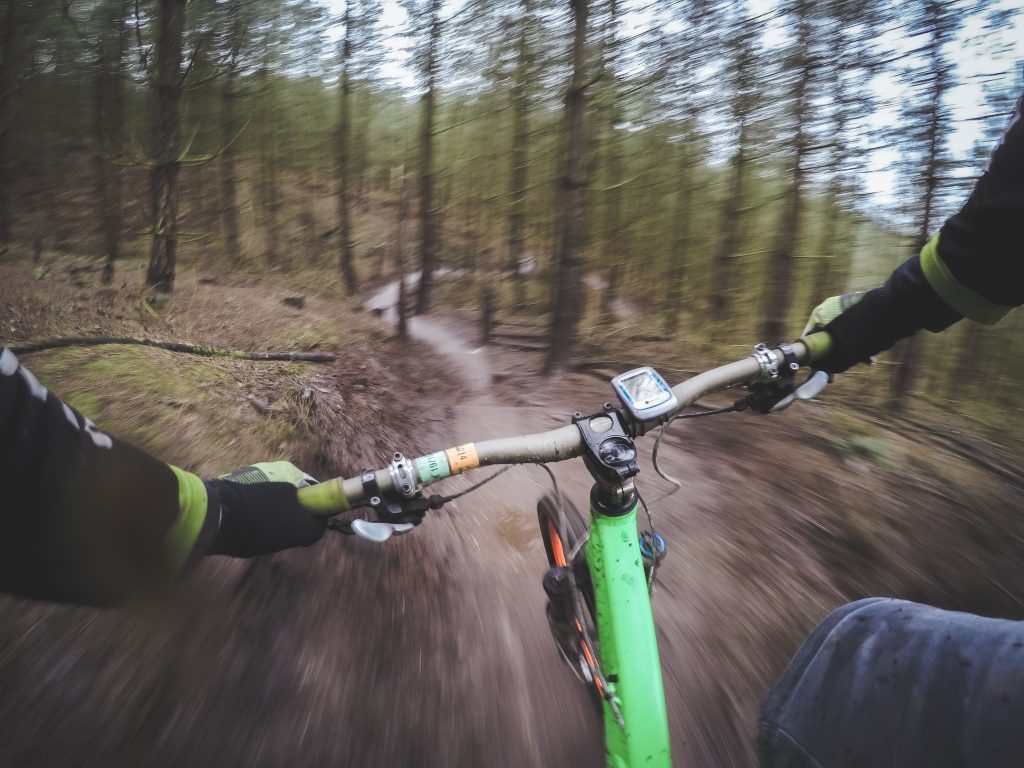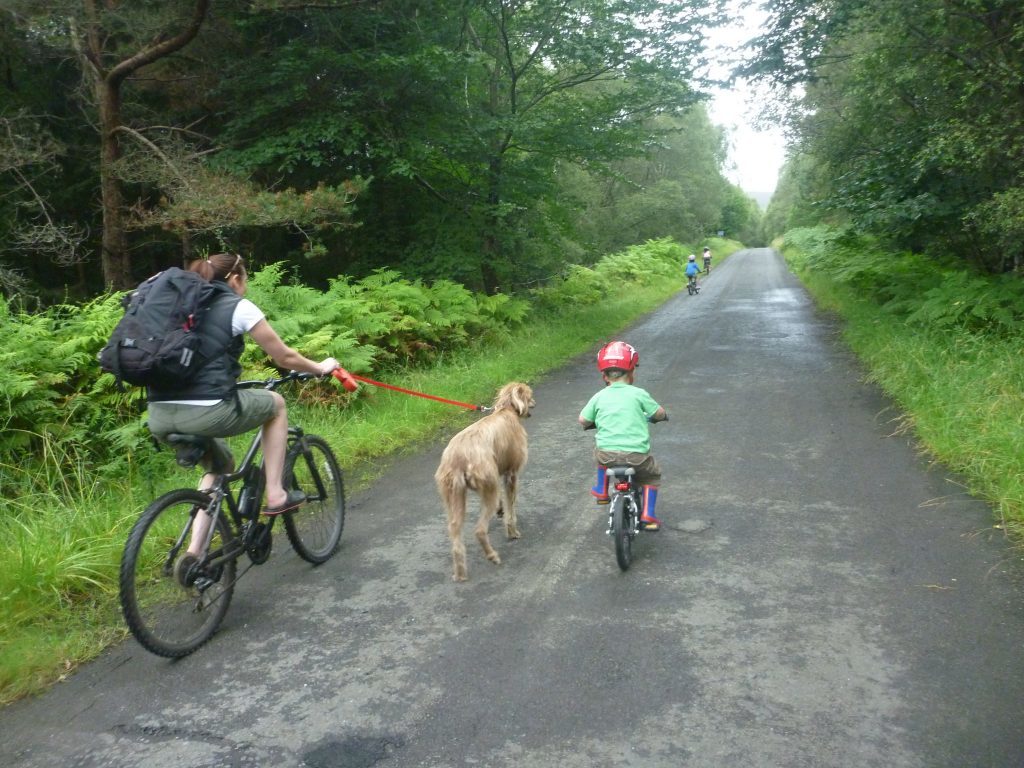It’s hard to imagine a time when bicycles didn’t have tyres. The first bicycle wheels were made entirely of wood, soon progressing to iron, but you can imagine that the comfort of one’s ride on such velocipedes was not great.
Rubber was available in the early part of the 19th Century, but its instability made it entirely unsuitable for use as a bicycle tyre – it froze rock-hard in cold conditions and melted in warmer weather.
It was Charles Goodyear in 1844 who accidentally stumbled across the process of vulcanising rubber – a chemical process which strengthens rubber and makes it more pliable in all temperatures. After two years of chasing financial backing he finally patented the process, by which time he had perfected the technique.
The solid rubber tyres he produced were a huge improvement on wooden and iron rims, but they added weight to the bicycles and fitting them to the wheel-rim was difficult.
Robert Thomson created the first inflatable tyre in 1845, but his invention was largely ignored by the public and soon forgotten, despite his effort and enthusiasm. It wasn’t until John Dunlop developed the idea in 1888 that it became commercially successful. Ironically, Dunlop, who was completely unaware that Thomson had come up with the idea 43 years earlier, was dubious about the viability of his product.
His motivation came from developing tyres to make his son’s ride to school comfier. His pneumatic tyres worked and not only did they make his son’s cycle comfier they made him faster too, evident as his son started to win cycle races he had entered.
Dunlop’s master stroke was when he persuaded the cycle champion Willie Hume of the Belfast Cruisers Cycling Club to try the tyres out in a race at Queen’s College in Belfast – he went on to win all four races at the event and suddenly Dunlop’s creations were in huge demand.
Tyre technology continued to improve with HJ Doughty steam pressing tread patterns into tyres during the vulcanisation process. The Michelin brothers patented bead-edged tyres that improved the security of the tyre to the wheel.
Perhaps one of the most significant developments at that time was the invention of the tyre valve by August Schrader that allowed effective and quick inflation of the pneumatic tyre. It is testament to his invention that Schrader valves are still used on many bike tyres today, as well as many other types of pneumatic tyres such as those on cars.
The development of the bicycle and the evolution of materials and components, from vulcanised rubber to carbon fibre, has proved a testing ground for the advancement of technology through the industrial revolution and that progress still has resonance in today’s modern world.
Join the Blazing Saddles Strava Club at: www.strava.com/clubs/BlazingSaddlesWeekendCourier
Where to Ride? The old A9 at Struan
Start/ Finish: OS Landranger 1:50000 Map 43 Start – NN803 659
Distance: Calvine to Dalnacardoch – 10km/ 6 miles
Calvine to Dalnacardoch and Glen Errochty 26km/ 15 miles
Suitable For: An easy ride suitable for all levels of cyclist, including young children. The entire route is on paved road, with only local vehicular access allowed.
Description: This delightful route follows the old A9 from Calvine and Struan to the snow gates at Dalnacardoch Lodge. Following the River Garry it offers lovely scenery and mixed woodland and has a secluded atmosphere that makes it easy to forget that the main A9 is very close by you. As the road is used only by local traffic there are sections that are becoming rougher and more gravelly, but it is still entirely rideable on a road bike.
For the more adventurous: The route can made into a circular by turning South at Dalnacardoch and following the old Military Road to Trinafour and returning to Calvine via Glen Errochty. This is a challenging climb from either side, but one of the best in the area and I would highly recommend the climb from Glen Errochty.












